Glycolysis Pathway – Definition and Summary

Definition A glycolysis is a breakdown of glucose into pyruvate molecules and produced two ATP molecules. It is the initial phase of cellular respiration. The end product of glycolysis; pyruvate is used in either aerobic or anaerobic respiration. Pyruvate is more…
Glycolysis Cycle – Steps and Enzymes (with Diagra...
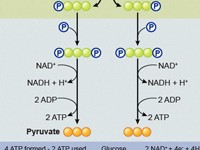
Glycolysis is the process by which the sugar is split and the energy within the sugar is released. It splits two molecules of three carbon sugar pyruvate. The glycolysis process is a complex one and the end products are two more…
BUN/Creatinine Ratio Understand (High vs. Low Levels, N...
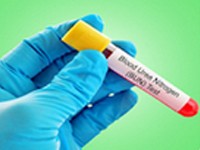
A BUN creatinine ratio is a blood work done to detect acute or chronic renal disease/failure. Both BUN and creatinine are filtered in the kidneys and excreted through urination and they are a perfect parameter for identifying the overall functions more…
PAS Stain (Periodic acid–Schiff Stain)- Procedure and Uses
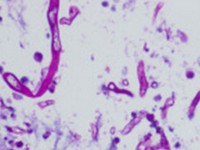
What is a PAS Stain? A PAS Stain is a staining method that detects polysaccharides and mucosubstances. Examples are glycogen, glycolipids, glycoproteins, and mucins. It stands for Periodic Acid-Schiff stain. It is one of the commonly used procedures in the more…
Buffy Coat
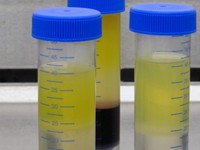
Blood contains millions of cells and they are suspended in the plasma (the liquid part of the blood). The components of blood include: Red blood cells White blood cells Platelets The red blood cells contain the nutrients. White blood cells more…
What is Gram Stain Test – Staining Procedure, Pri...
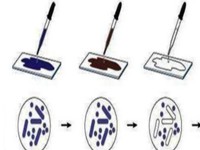
What is Gram Staining Gram staining is a microbiologic procedure used to differentiate Gram-negative from Gram-positive bacteria. It was developed by Hans Christian Gram; a Danish physician, in 1884. The cells are colored red or violet so as to distinguish more…
Difference between Mitosis and Meiosis
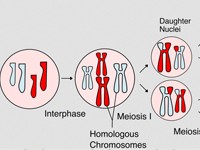
Cellular division is a must in order for cells to replicate. Separation of cells is done in two processes: mitosis and meiosis. Although these two processes are similar, they both have differences, specifically in the processes involved and the resulting more…
Estimated Glomerular Filtration Rate ( eGFR) Test &...
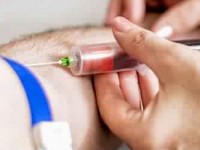
An estimated glomerular filtration rate test measures the function of the kidney and helps in determining the stage of kidney disease. It pertains to the amount of blood filtered by glomeruli per minute. To find out the estimated glomerular filtration more…
MacConkey Agar
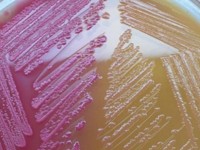
A MacConkey Agar is a medium that isolates and differentiates gram-negative as well as enteric bacilli. They are classified or differentiated based on their lactose-fermenting ability. MacConkey Agar was the very first solid differential media formulated in the 20th century more…
Types of Blood Cells
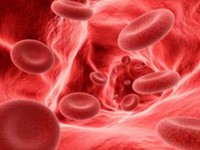
An average person has more than 5 liters of blood in the body. It is important to have the right amount and component of blood as it carries essential nutrients and oxygen for the living cells to use. The blood more…
Difference between T Cells and B Cells

The immune system fights off infection. It consists of two armies of cells; the innate and the acquired. The body’s first line of defense is the innate immune cells. These are the cells that immediately respond to foreign organisms so more…
Difference between DNA and RNA
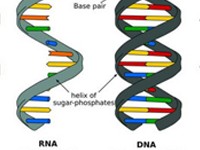
There are two kinds of nucleic acids; the DNA and RNA. DNA (deoxyribonucleic acid) and RNA (ribonucleic acid) are two essential molecules as they are responsible for the heredity and evolution of an organism. They store and read genetic information more…
Difference between Endotoxin and Exotoxin
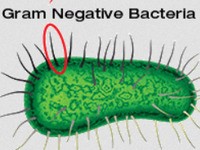
Toxigenesis is the process of producing toxins by the pathogenic bacteria. It gives birth to diseases and medical disorders. The toxins produced by toxigenesis are the ones responsible for various types of diseases. Toxins are micro molecules but can also more…
Benedict’s Test
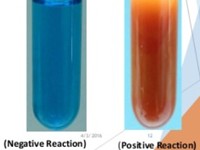
What is Benedict’s test? It is a procedure used to test for simple carbohydrates. It identifies reducing sugars that contain free ketone or aldehyde functional groups. Examples of reducing sugar are glucose, fructose, and galactose. It also includes disaccharides such more…
Indole Test
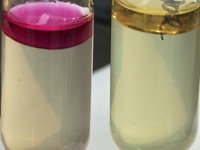
An indole test is a procedure performed to find out the ability of a microorganism to split amino acid tryptophan to form an indole. The presence of indole is checked with the help of Kovac’s or Ehrlich’s reagent. The indole more…
Urease Test
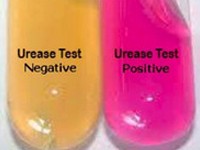
A urease test is a procedure that helps identifies microorganisms that have the ability to hydrolyze urea to produce ammonia and carbon dioxide. A urea is a compound that produces nitrogen during amino acid arginine decarboxylation in the urea cycle. more…
IMViC Test
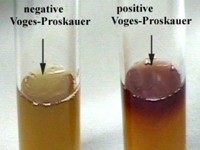
What is IMViC Test? The IMViC Test is a procedure used to differentiate Family Enterobacteriaceae. It consists of different biochemical test which stands for every letter in IMViC. These tests need to be carried out individually and its purpose is more…
Catalase Test
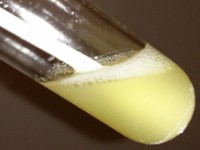
A catalase test is one of the laboratory procedures used to identify a particular strain of bacteria. What is a Catalase? It is an enzyme produced by organisms that thrive in an oxygenated environment. Its purpose is to neutralize toxic more…
Methyl Red Test
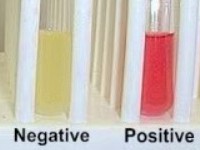
A Methyl Red Test is a procedure that checks the ability of the microbe to perform mixed acids fermentation in the presence of glucose, which helps in differentiating enteric bacteria. It is also used to characterize other bacteria groups such more…
Oxidase Test
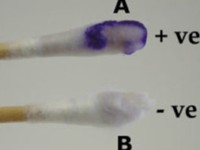
What is an oxidase test? It is one of the procedures used to identify a certain strain of bacteria. It identifies bacteria that produce cytochrome c oxidase; a bacterial electron transport chain enzyme. You will know if the bacteria is more…
